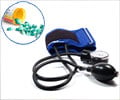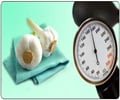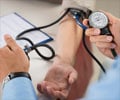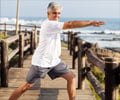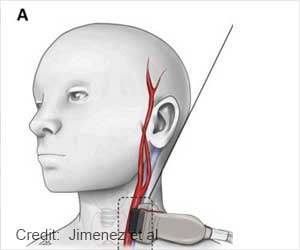Blood pressure self-monitoring is an effective means to empower patients with hypertension (high blood pressure) to engage in an aerobic exercise training program, finds a new study.
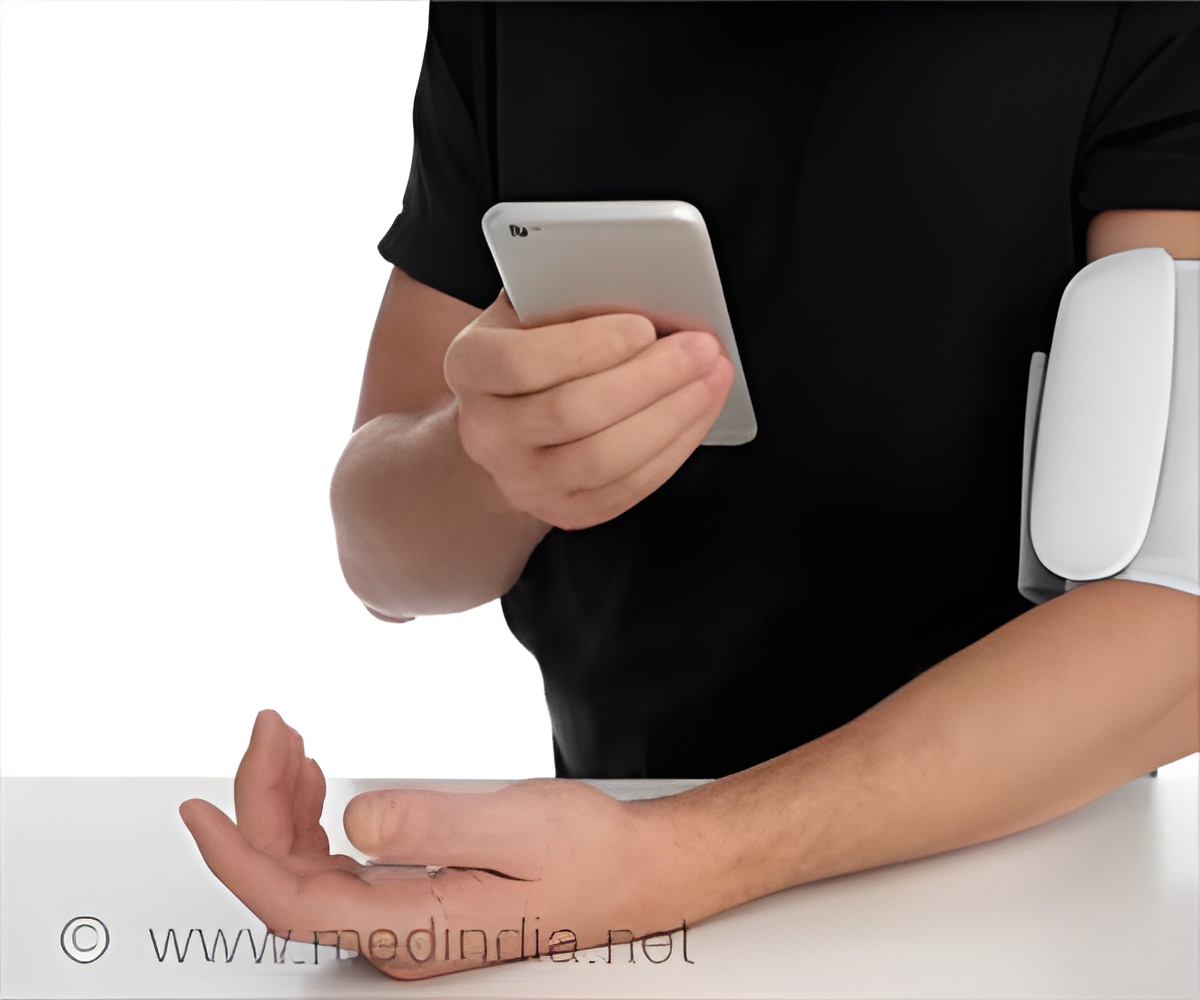
‘Blood pressure self-monitoring can be used as a behavioral modification strategy to increase exercise adherence in patients with hypertension.’
Read More..




"We know that regular aerobic exercise lowers blood pressure on average to the order of five to seven points," she says, "and these reductions are even greater for those with higher baseline blood pressure."Read More..
The difficulty, Zaleski adds, is that hypertension causes no outward symptoms, and patients often become frustrated when they don't know or understand what their blood pressure values are and don't see results from lifestyle modifications. These frustrations can make starting and, perhaps more importantly, sticking with an exercise training program more difficult for many patients.
The research team - which included experts in kinesiology, psychology, cardiology, and statistics, among other disciplines - set out to test their long-held notion that encouraging patients to monitor their own blood pressure, especially before and after exercising, would not only show the patients that exercise had an immediate, positive effect on their blood pressure, but also would help them better adhere to an exercise training program.
Exercise, Zaleski says, lowers blood pressure immediately, an effect first established by Pescatello in a 1991 study which showed that, after one single bout of exercise, blood pressure drops about five to seven points and that this reduction persists for up to 22 hours after the exercise.
She says these blood pressure reductions serve as an objective biomarker that people can measure and see with their own eyes. "This is really powerful for someone with hypertension because it enables them to demonstrate to themselves that their blood pressure is lower on days they exercise than on days that they do not. There are very few chronic conditions that respond this way to exercise. Imagine if an individual with overweight/obesity lost five to seven pounds after a single bout of exercise?"
Advertisement
While both groups saw their blood pressure values lowered by the end of the 12 weeks, the group engaged in self-monitoring lowered their blood pressure by about double the magnitude - about 10 points - compared to the group that was not self-monitoring, which saw an average five-point reduction.
Advertisement
Four weeks after the supervised training period ended, Zaleski and other kinesiology graduate and undergraduate students conducted telephone exit interviews with the study participants and asked whether they were still engaging in physical activity and, for those in the self-monitoring group, if they were still checking their own blood pressure.
In total, about 75 percent of the study participants were still maintaining some level of exercise, but those who were in the blood pressure self-monitoring group were engaging at an average of 70 percent of their previous exercise training volume - compared to the other group, who were only engaging in about 30 percent as much exercise as when they were supervised.
Within the self-monitoring group, 60 percent of the participants were still measuring their own blood pressure and those participants still self-monitoring were engaged in even greater physical activity - exercising for 45 minutes at least three and a half days per week. This compared to those who were not measuring their blood pressure, who were exercising for about 19 minutes one day a week.
"That was really promising to us," Zaleski says, "demonstrating that if they're out on their own in the free-living world, with all of the other confounders that can come into play - like stress, family, vacations - that even without our team holding them accountable, the favorable effects of blood pressure self-monitoring still held true." Study co-author Beth Taylor notes that blood pressure is one of the only ways to see non-invasively the effects of lifestyle modification.
Taylor, director of exercise physiology research in cardiology at Hartford Hospital and an assistant professor of kinesiology at UConn, says most clinical guidelines right now call for patients to monitor their blood pressure at home; gold-standard, accurate, and easy-to-use blood pressure monitors are available for patient use at home for less than $100. But using blood pressure monitoring before and after exercise, she says, when most patients would be able to see for themselves a notable drop in their blood pressure, would represent a new behavioral health strategy for providers to employ to help increase adherence to an exercise training program.
Both Taylor and Zaleski says that additional studies, with larger sample sizes, are needed to try to replicate the findings. Additionally, for reasons currently unknown, 10 to 20 percent of people do not demonstrate the same drop in blood pressure immediately following exercise, which could limit the effectiveness of self-monitoring as a behavioral modification strategy.
But, says Taylor, exercise is important for a host of different reasons - including body weight management, bone density, and overall health - and blood pressure self-monitoring could have lifestyle modification implications well beyond treating hypertension.
"This is a great study that shows how we might increase exercise adherence for patients with hypertension," she says. "Could this be a 'gateway drug' to getting people to exercise for an abundant variety of reasons?"
Source-Eurekalert

